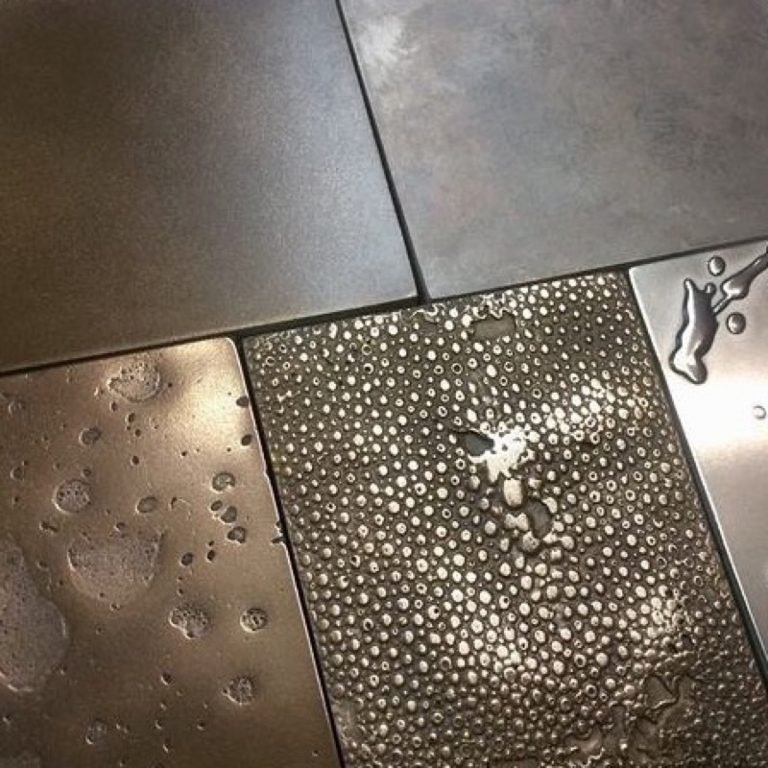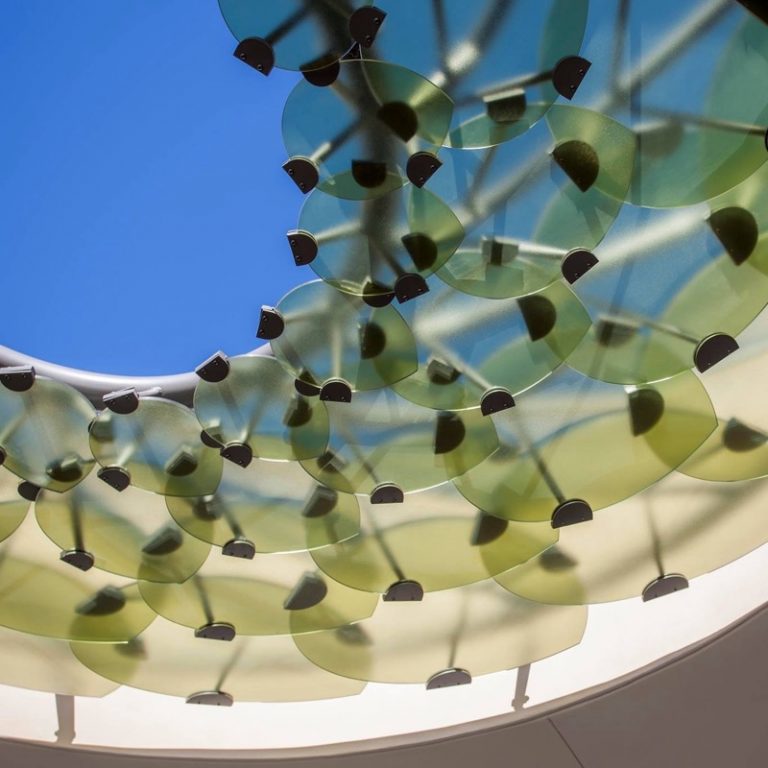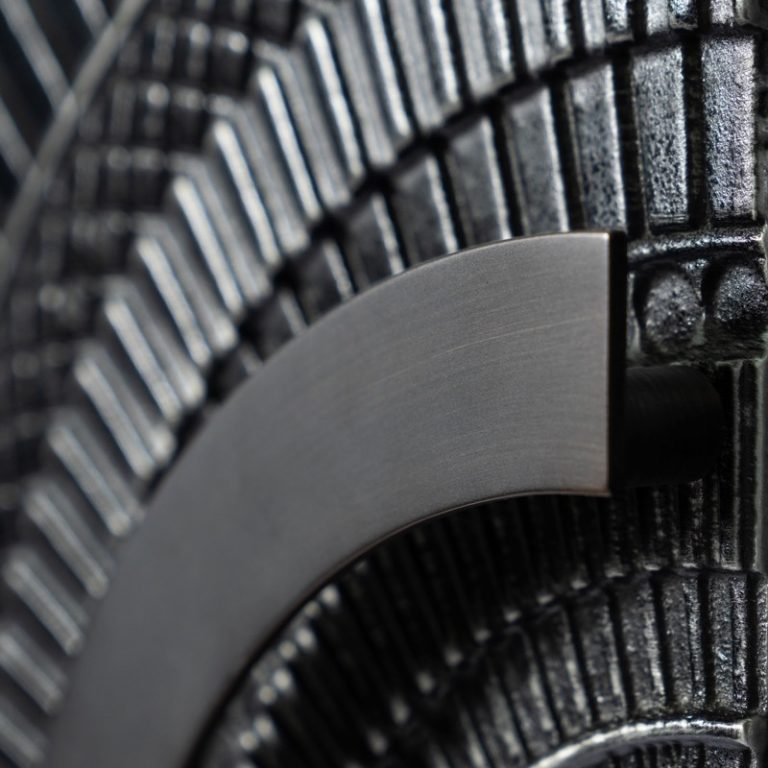Introduction: In the pursuit of a greener and more sustainable future, materials that contribute positively to the environment are gaining prominence. Resin, a versatile and synthetic compound, stands out as a key player in this movement. This article explores the ways in which resin makes a substantial contribution to environmental conservation.
- Reduced Resource Consumption: One of the significant environmental benefits of resin lies in its manufacturing process. Unlike traditional materials such as wood, which require extensive logging and processing, resin can be synthesized with minimal resource consumption. This reduction in raw material extraction helps preserve natural ecosystems and biodiversity.
- Recyclability and Reusability: Resin’s inherent recyclability is a game-changer in the quest for sustainable materials. Many types of resin can be melted down and reshaped without degrading their quality. This feature not only reduces waste but also lessens the demand for new raw materials, promoting a circular economy that minimizes environmental impact.
- Durability and Longevity: Resin’s durability is a significant factor in its environmental contribution. Products made from resin tend to have a longer lifespan than their counterparts, reducing the frequency of replacements. This longevity not only saves resources but also diminishes the energy and emissions associated with manufacturing and transportation.
- Energy Efficiency in Production: The manufacturing process of resin often requires less energy compared to the production of certain traditional materials. With advancements in production technologies, some resin formulations can be created with reduced energy inputs, contributing to a more energy-efficient and environmentally friendly material choice.
- Reduced Chemical Emissions: Unlike certain traditional materials that release harmful chemicals into the environment during production, resin manufacturing can be designed to minimize emissions. Low-emission or solvent-free resin formulations further contribute to cleaner air and a healthier environment.
- Versatility in Design: Resin’s adaptability and versatility in design contribute to its environmental value. The ability to mimic the appearance of natural materials can reduce the demand for such resources. Additionally, the versatility of resin in various applications allows for the creation of multifunctional and space-saving designs, further optimizing resource use.
Conclusion: Resin’s environmental contribution is multifaceted, ranging from reduced resource consumption and recyclability to energy efficiency and reduced emissions. As the world shifts towards sustainable practices, resin emerges as a valuable ally in the pursuit of eco-friendly materials. Its versatility and adaptability make it not just a functional choice but a responsible one, paving the way for a more sustainable and environmentally conscious future.















